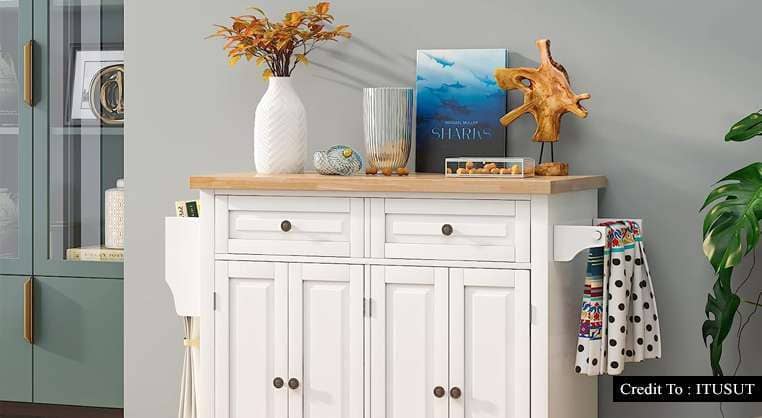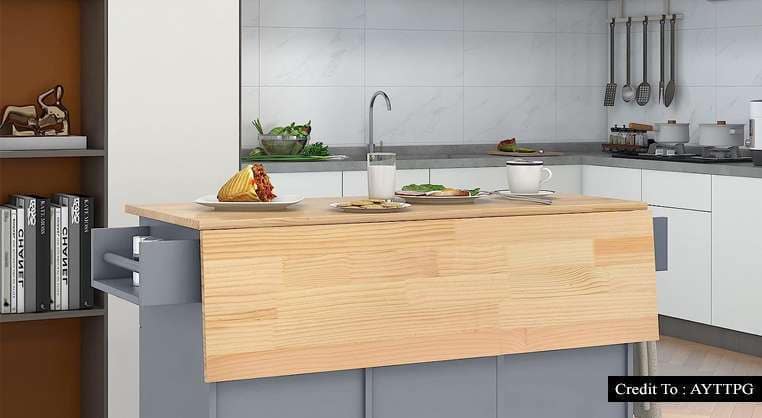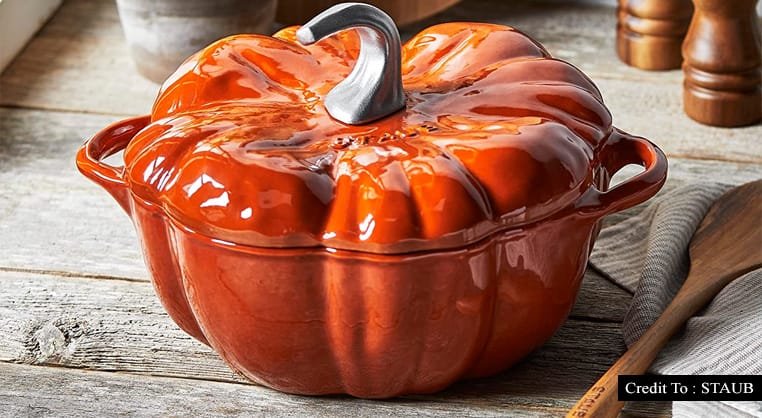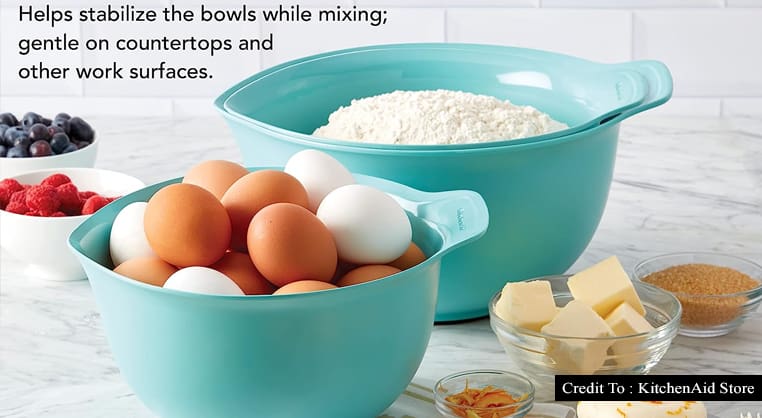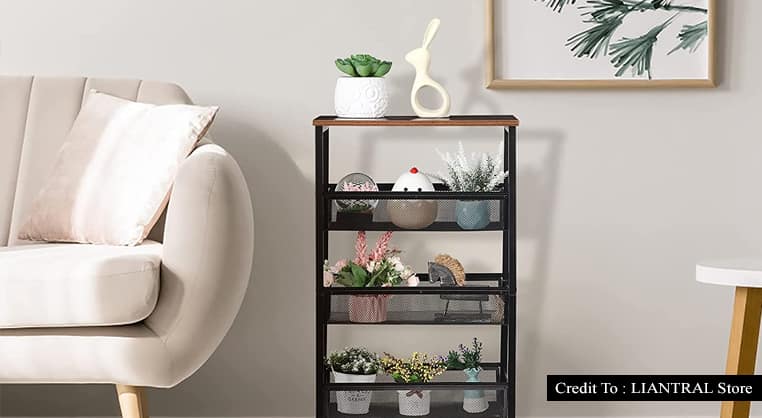Kitchen Island with Drawers
kitchen Island With Drawers To Buy – Reviews By: Sadaf Ikhlaq “Review Home Products” found this kitchen Island With Drawers 1 Kitchen Island With Shelves Read More AMAZON PRICE * 2 Kitchen Island With Drop Leaf Read More AMAZON PRICE * 3 Kitchen Island On Casters Read More AMAZON PRICE * 4 Rolling Mobile Kitchen […]
Kitchen Island with Drawers Read More »









